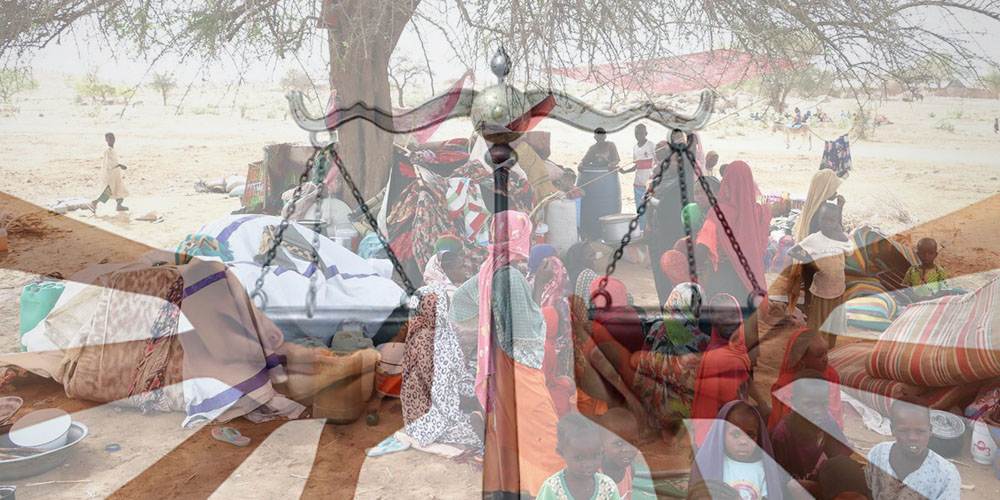
Institutional reform in the context of transitional justice
Addressing fully the legacy of grave human rights violations requires the adoption of a multifaceted strategy that includes interventions at the institutional, legal, civil society, community and individual levels. This strategy does not serve without reform of the States institutions to improve its legitimacy and integrity. The quest for equity, accountability and prevention is of paramount importance.
Public institutions - such as the police, military forces and the judiciary - often take instruments of repression and systematic human rights violations in societies experiencing conflict or under authoritarian rule. When these groups complete their transition to peace and democratic governance, reform of those institutions is necessary and has long been regarded as the essence of transitional justice. However, the years-long experience has shown that the exclusive focus on institutions directly involved in physical abuse is insufficient and futile. Therefore, all State organs need to be reformed and appropriate oversight mechanisms put in place to ensure their professional independence. This requires a review of much of the legal framework in force, above all the Constitutional Charter. In addition, justice reform and security institutions are complemented by the radical changes that must be made in political, economic, social and cultural institutions, should society resolve to fully address violations, including economic and social ones.
Institutional reform is a process whereby State institutions are reviewed and restructured in order to respect human rights, preserve the rule of law and be held accountable to voters. Reform efforts, based on a transitional justice approach, are capable of achieving accountability, reparation for abuse and, more importantly, of eliminating the structures and beliefs that allowed such violations to occur. Therefore, there is a frequent recommendation to adopt this type of reform, often launched by openness initiatives that reveal institutional aspects of the pasts mistakes.
Institutional reform can include many justice-related measures, including those aimed at:
- Transforming legal frameworks or creating new ones: for example, drafting new constitutions, adopting constitutional amendments or ratifying international human rights treaties to ensure the protection and operationalization of human rights;
- Ensure that everyone has a legal identity: this is a prerequisite for the exercise of the majority of human rights and access to public services;
- Structural reform of institutions: this is in order to ensure their independence, better responsiveness and representation of individuals, and to provide them with the necessary accountability, i.e. to enhance their integrity and legitimacy;
- Inspection of staff members records: during restructuring or recruitment processes, their backgrounds are carefully considered with a view to removing or punishing abusive and corrupt public servants;
- Establishing monitoring bodies known to the general public: This is within the States institutions in order to ensure that they are held accountable for civil governance.
- Demilitarization, demobilization and reintegration of armed persons: providing processes and means that respect justice and empower veterans to reintegrate into civil society.
- Education of public sector officials and officials: through well-established training programmes on human rights standards and international humanitarian law.
As a transitional justice process, institutional reform aims to recognize victims as citizens and rights holders and to build trust among all citizens and their public institutions. If it is elaborate and implemented in a transparent and inclusive manner, reform also becomes irreparable. Measures to help advance institutional reform could therefore include public education campaigns on citizens rights and freedom of information, as well as meaningful counselling of victims and representatives of civil society on legal initiatives.
* This article benefited from ICTJ publications

